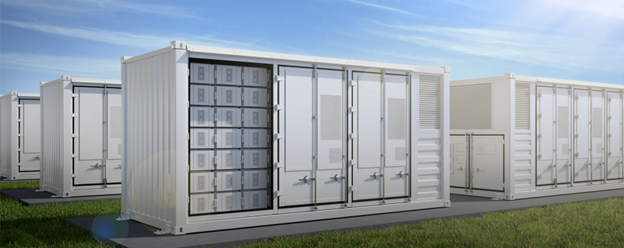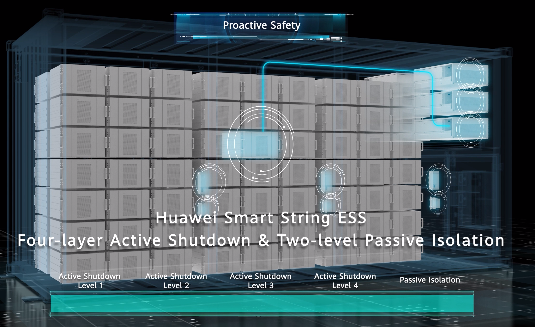Safety and Reliability in Smart Energy Storage Systems
In our rapidly transforming energy landscape, "smart energy storage" emerges as a critical technology. It's not just about efficient energy management; smart energy storage is integral to integrating renewable sources into our power grids. As dependence on these systems grows, their safety and reliability become increasingly crucial. This expanded article explores the innovative "4+2" multiple-level protection system, a comprehensive approach ensuring proactive and physical safeguards in smart energy storage.
The Evolution and Importance of Smart Energy Storage
Smart energy storage systems represent a significant leap in how we store and manage energy. These systems are capable of intelligently optimizing energy flow based on demand and supply dynamics, enhancing grid stability, and promoting energy efficiency. They are particularly crucial in managing the variable nature of renewable energy sources like solar and wind, ensuring a steady and reliable power supply.

Integrating Renewables
The integration of renewable energy sources has been a challenge due to their intermittent nature. Smart energy storage systems provide a solution by storing excess energy generated during peak times and releasing it when demand is high, or generation is low. This not only ensures a constant energy supply but also reduces the wastage of renewable resources.
Enhancing Grid Stability
Smart energy storage systems play a vital role in maintaining grid stability. They provide essential services like frequency regulation and load balancing, which are critical in preventing power outages and ensuring a smooth supply of electricity.
The "4+2" Multiple-Level Protection System
To address safety and reliability concerns in smart energy storage, the "4+2" multiple-level protection system has been developed. This system consists of four levels of proactive shutdown (Rack and Pack) and two levels of physical isolation.

Rack and Pack 4 Level Proactive Shutdown
Sensor-Based Monitoring (First Level): This level employs advanced sensors to continuously monitor operational parameters such as temperature, voltage, and current. This real-time tracking is crucial for early detection of any system anomalies.
Automated Control Responses (Second Level): Upon detecting any irregularities, the system automatically adjusts its operations. This may involve modifying the charging rate or changing power distribution patterns to maintain optimal functioning conditions.
Software-Based Diagnostics (Third Level): Sophisticated software algorithms at this level analyze historical data and current performance to predict potential failures or malfunctions. This predictive approach allows for preemptive actions to safeguard the system.
Emergency Power Off (Fourth Level): As a final resort, the system is equipped with an emergency shutdown feature. This rapid response mechanism is vital in preventing catastrophic failures and safeguarding both the system and its environment.
System 2 Level Physical Isolation
Physical Barrier Integration (First Level): This involves the incorporation of robust physical barriers within the storage system. Designed to withstand extreme scenarios, these barriers are crucial in preventing the escalation of any incidents.
Isolation Protocols (Second Level): In case of a detected threat, isolation protocols are triggered to physically separate the affected components from the rest of the system. This strategy is essential for risk mitigation and preventing larger system impacts.
Beyond Safety: Environmental and Economic Implications
The "4+2" system not only enhances safety but also has significant environmental and economic implications.
Reducing Environmental Impact
By improving the safety and reliability of smart energy storage, the "4+2" system contributes to a larger adoption of renewable energy sources. This shift from fossil fuels to renewables can significantly reduce carbon emissions, aiding in the fight against climate change.
Economic Benefits
A safer and more reliable energy storage system also means fewer incidents and downtimes, leading to cost savings in maintenance and repair. Moreover, the increased efficiency and reliability can attract more investments into renewable energy projects, boosting economic growth in the sector.
Conclusion
The "4+2" multiple-level protection system marks a major advancement in the realm of smart energy storage. Combining sophisticated proactive shutdown mechanisms with robust physical isolation strategies, it addresses the intricate safety challenges inherent in energy storage systems. By enhancing operational safety, this system not only ensures the reliability of smart energy storage solutions but also fosters confidence in their wider adoption. In doing so, it paves the way for a more sustainable, efficient, and resilient energy future.
 notebook-laptop
notebook-laptop






